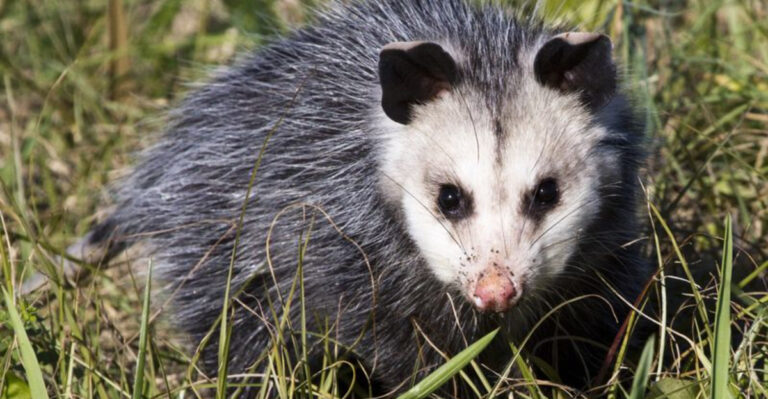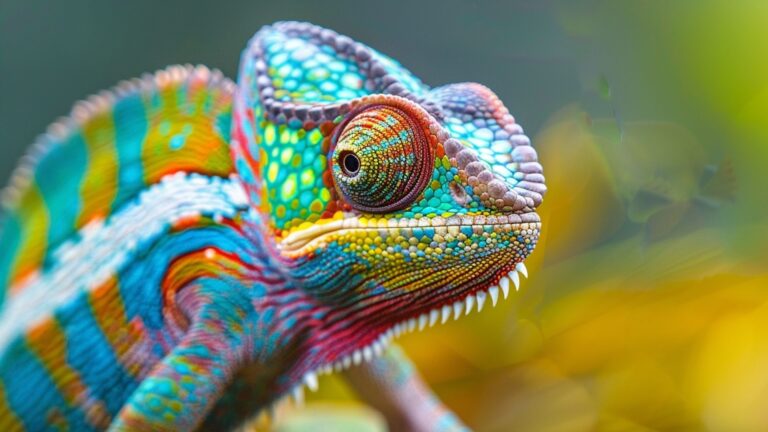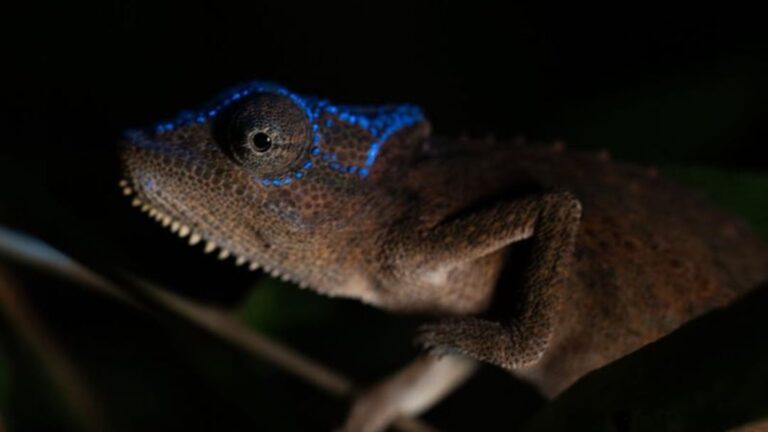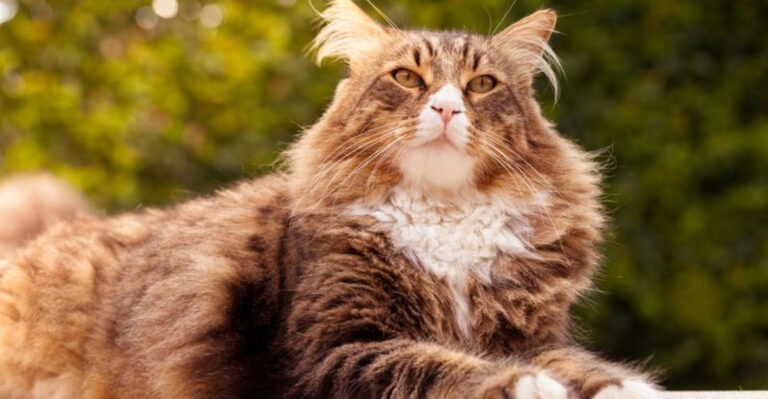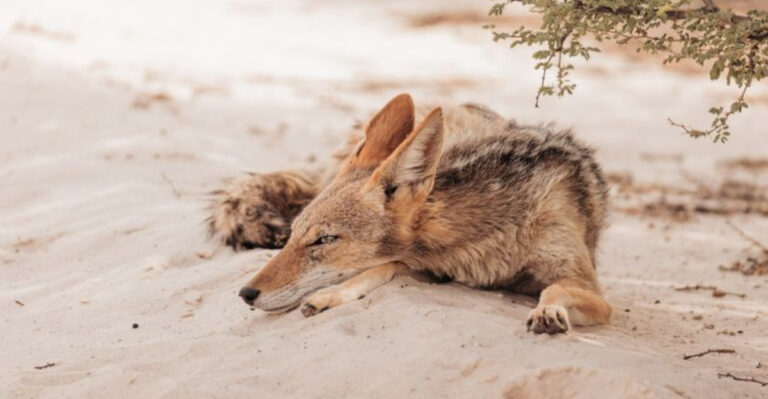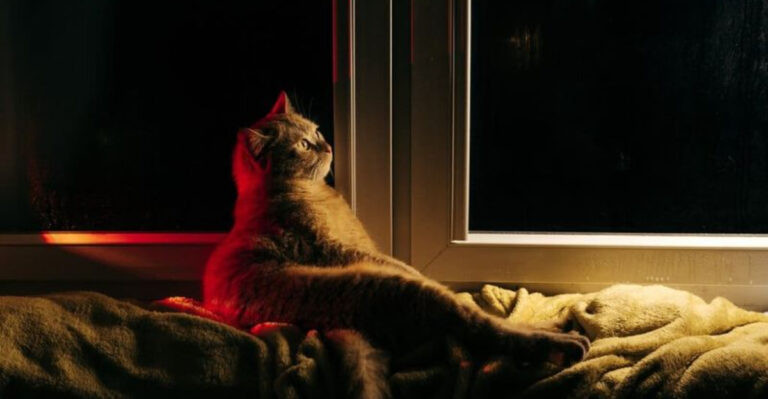7 Birds You’ll See Everywhere In The U.S. (And 7 You’ll Rarely Spot)
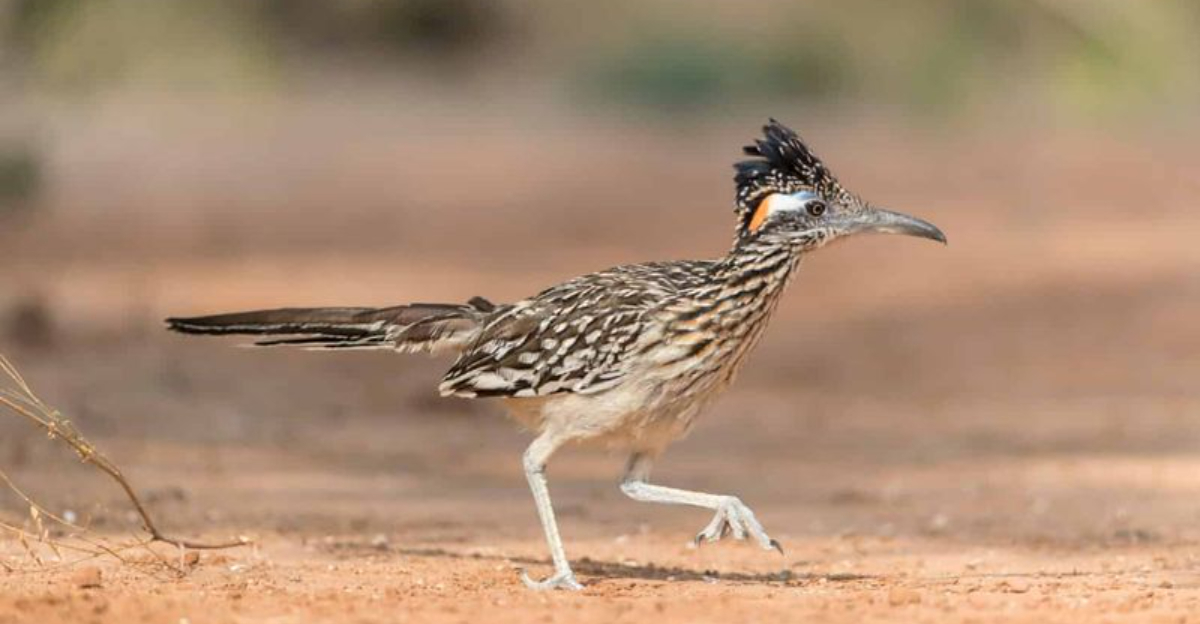
America’s skies and trees are home to an amazing variety of feathered friends. While some birds have adapted perfectly to human environments and can be spotted daily in backyards and parks, others remain elusive treasures that only the most patient birdwatchers might glimpse once in a lifetime.
Let’s explore which winged wonders you’re likely to encounter on your morning walk, and which might require a special trip with binoculars and plenty of patience.
1. Backyard Bullies With Attitude
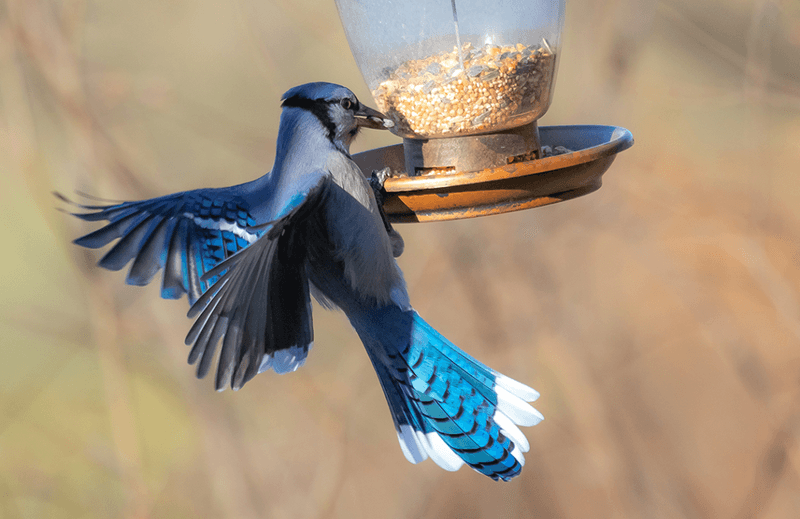
Ever noticed those noisy blue troublemakers swooping down to chase other birds away from your feeder? Blue Jays don’t mess around when it comes to mealtime.
These intelligent birds with striking blue plumage can mimic hawks to scare away competition. They’ll even cache thousands of acorns for winter, remembering most hiding spots with remarkable precision.
2. City Slickers In Gray Suits
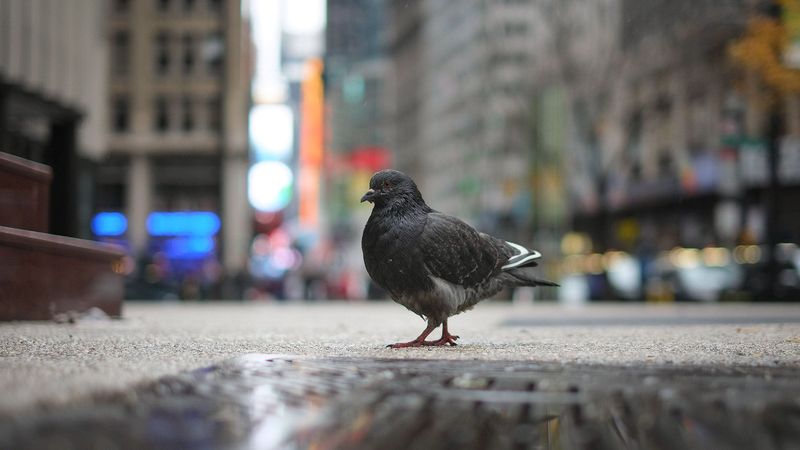
Walking through any American city without spotting these bobbing heads is practically impossible. Pigeons have mastered urban living like no other bird.
Originally cliff-dwellers, these adaptable birds treat skyscrapers as vertical mountains. Their incredible homing abilities once made them crucial message carriers in both World Wars, returning to their lofts even through battlefields.
3. Red-Bellied Tricksters
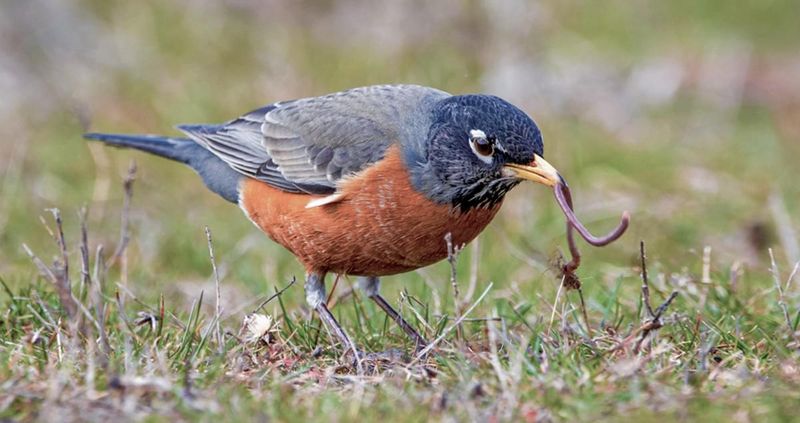
Despite their name, you’ll barely notice any red on their bellies! American Robins sport bright orange-red breasts that stand out against green lawns everywhere.
These early birds really do catch worms, tilting their heads to listen for underground movement. A single robin can eat up to 14 feet of earthworms in one day! Their cheerful morning songs are often the first sounds of dawn.
4. Tiny Hovering Jewels
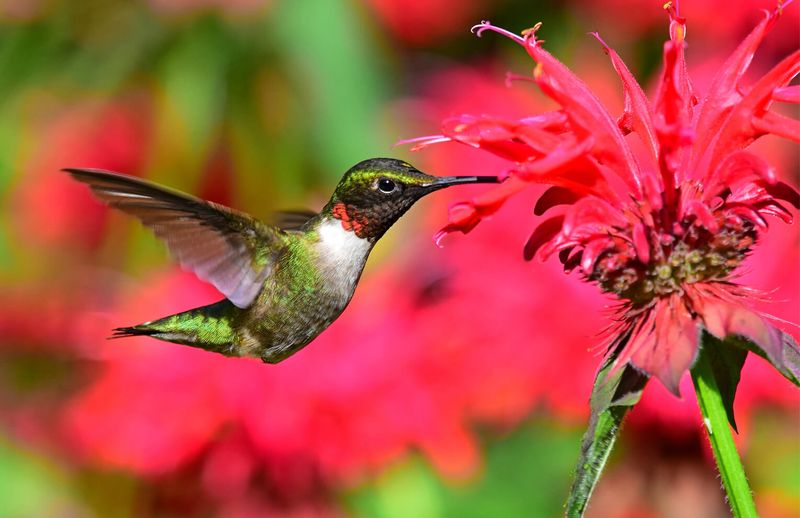
Buzzing around flower gardens like tiny helicopters, these metallic-feathered speedsters beat their wings up to 80 times per second! Ruby-throated Hummingbirds are flying marvels.
Despite weighing less than a penny, these mighty migrants cross the entire Gulf of Mexico in a single 20-hour flight. Their hearts can beat over 1,200 times per minute, and they’re the only birds that can fly backward.
5. Picnic Party Crashers
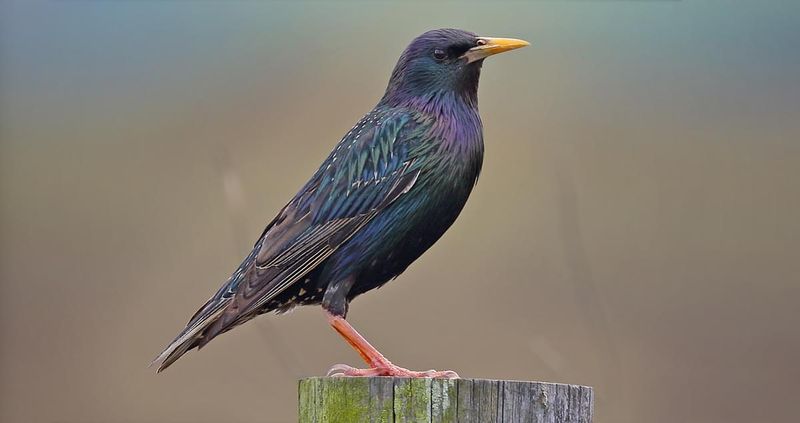
Those boldly patterned black-and-white birds strutting confidently across every park lawn? European Starlings arrived in America thanks to a Shakespeare enthusiast’s misguided plan.
Released in Central Park in the 1890s, just 100 birds multiplied into today’s 200 million. They can mimic car alarms, cell phones, and human speech with startling accuracy. Their massive synchronized flocks create breathtaking aerial displays called murmurations.
6. Neighborhood Squabblers
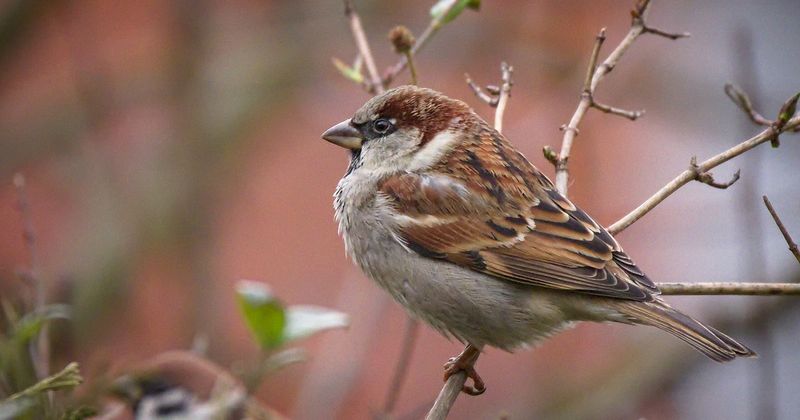
Fluffy little balls of attitude, House Sparrows have conquered the American landscape with remarkable tenacity since their introduction in the 1850s.
These chatty little birds build messy nests in any nook they can find – from store signs to porch lights. Though often overlooked, each sparrow has unique throat markings, like a feathery fingerprint. They’ve adapted to sip spilled soda and snack on sidewalk fries.
7. Sleek Parking Lot Prowlers
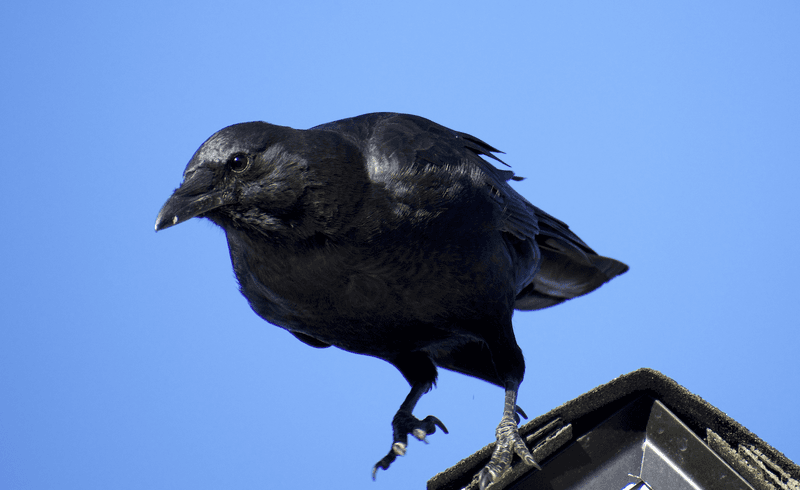
Those glossy black birds strutting around parking lots with long tails and yellow eyes? American Crows are far smarter than most people realize.
These feathered geniuses can recognize human faces for years, holding grudges against those who’ve wronged them. They craft and use tools, solve complex puzzles, and even hold what appear to be funerals for their dead.
8. Ghost Owls Of The North
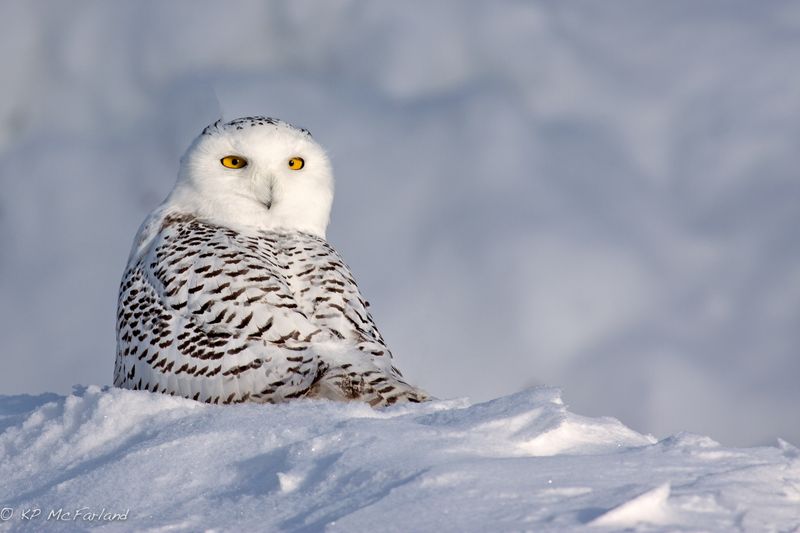
Like feathered apparitions in the frozen wilderness, Snowy Owls blend perfectly with Arctic snow – except when they make surprise winter visits to northern states.
These magnificent white hunters have special feathers covering even their feet, allowing silent movement across snow. Unlike most owls, they hunt during daylight hours. Their incredible eyes can spot a lemming moving beneath the snow from a football field away.
9. America’s Majestic Comeback Story
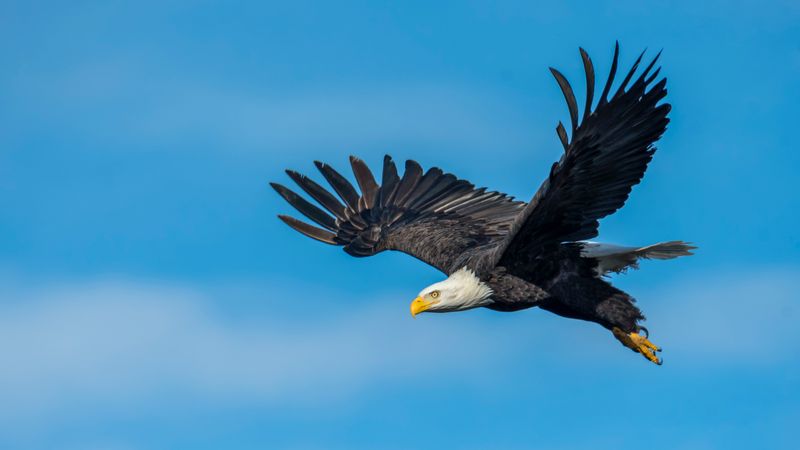
Once teetering on extinction’s edge with just 417 nesting pairs in the 1960s, Bald Eagles have soared back to become America’s greatest conservation success story.
Our national symbol builds the largest tree nests of any bird – some weighing up to a ton! Despite their fierce appearance, they’re actually rather lazy hunters, often stealing fish from ospreys or eating roadkill.
10. Tropical Party Birds Gone North
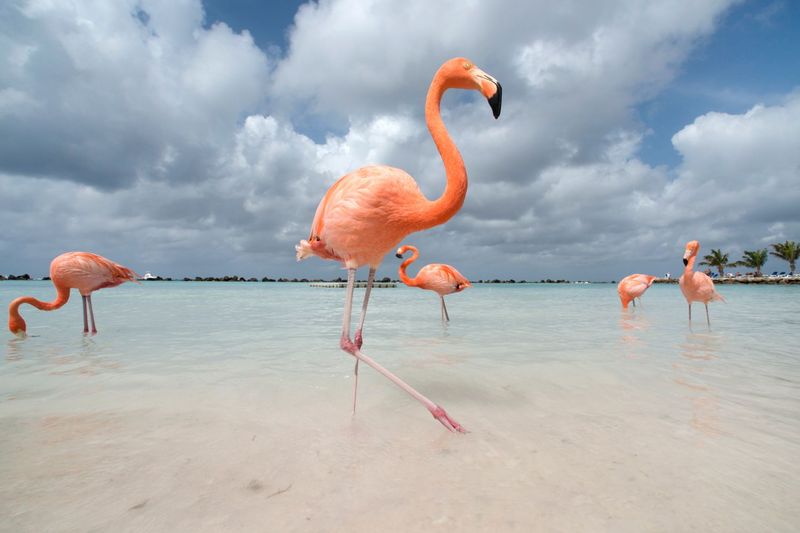
Looking like escapees from a tropical costume party, wild Flamingos occasionally make surprising appearances along America’s southern coastlines, especially after hurricanes.
These social birds get their pink color from the shrimp and algae they filter from the water with specialized beaks. They actually sleep standing on one leg – a position that requires less muscle effort than standing on two! Some wild colonies have recently established permanent residence in Florida.
11. Swamp Ghosts With Prehistoric Vibes
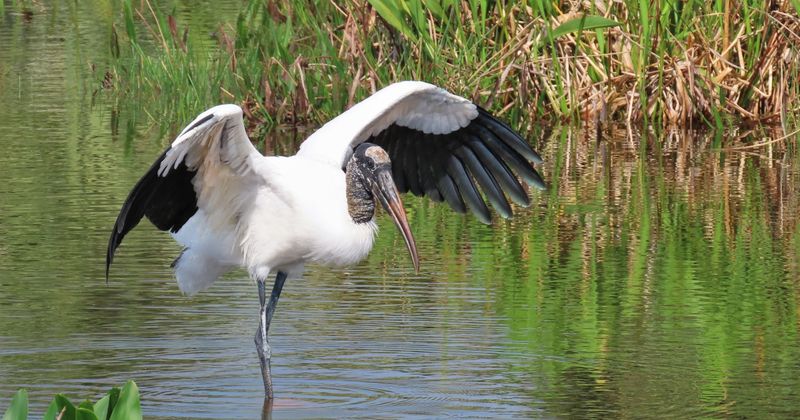
Moving through misty southern cypress swamps like living dinosaurs, Wood Storks create an unforgettable sight with their prehistoric appearance and massive wingspan.
These unusual birds hunt by touch, not sight. They sweep their open bills through murky water until they feel a fish, then snap shut in just 25 milliseconds – the fastest reflex of any vertebrate! Their bald, scaly heads and massive bills give them an ancient, otherworldly appearance.
12. Rainbow Wanderers Of Mountain Streams
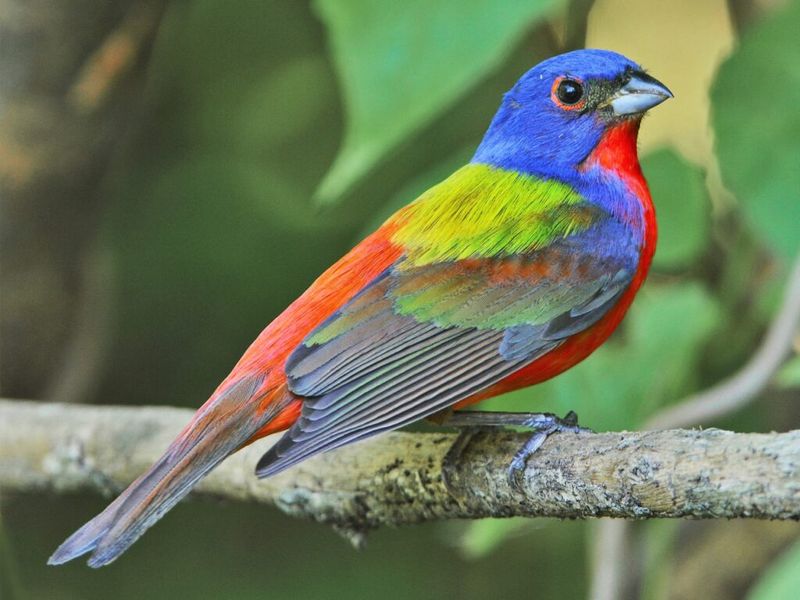
Resembling flying gems alongside tumbling Appalachian mountain streams, male Painted Buntings sport a kaleidoscope of impossible colors that seem almost unreal.
These shy, brilliant birds with royal blue heads, red-orange bellies, and lime-green backs often leave first-time spotters speechless. Despite their tropical appearance, they’re native songbirds that visit the southeastern U.S. during breeding season.
13. Desert Roadrunners (Not Just Cartoons!)
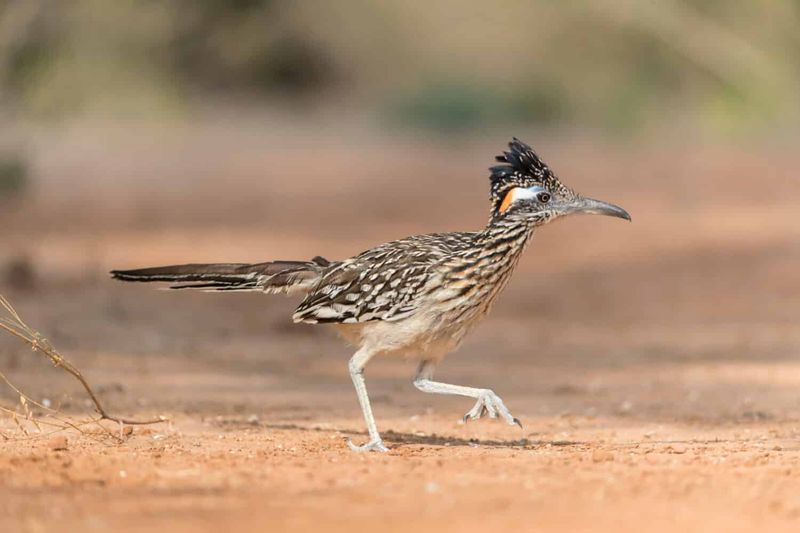
Speeding across southwestern deserts at 20 mph, Greater Roadrunners are far more than just Wile E. Coyote’s nemesis – they’re real birds with astonishing adaptations.
These ground-dwelling cuckoos can kill rattlesnakes by working in pairs, with one distracting while the other delivers precise head blows! Their distinctive X-shaped footprints were used by Native Americans as spiritual symbols to confuse evil spirits, as the tracks don’t reveal which direction the bird was heading.
14. Nature’s Flying Rainbows
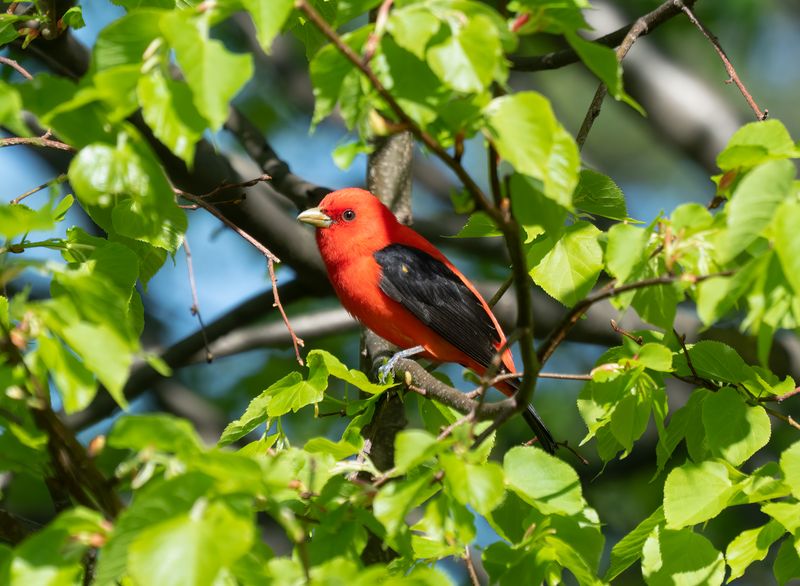
Imagine a bird so spectacularly colored it seems photoshopped! Scarlet Tanagers flash through eastern forests like living flames, yet remain surprisingly difficult to spot.
Males transform from their breeding crimson to olive-yellow during winter – nature’s most dramatic wardrobe change. These neotropical migrants make incredible 2,500-mile journeys between American forests and South American rainforests twice yearly. Despite their brilliant colors, they’re masters of disappearing into leafy canopies.

